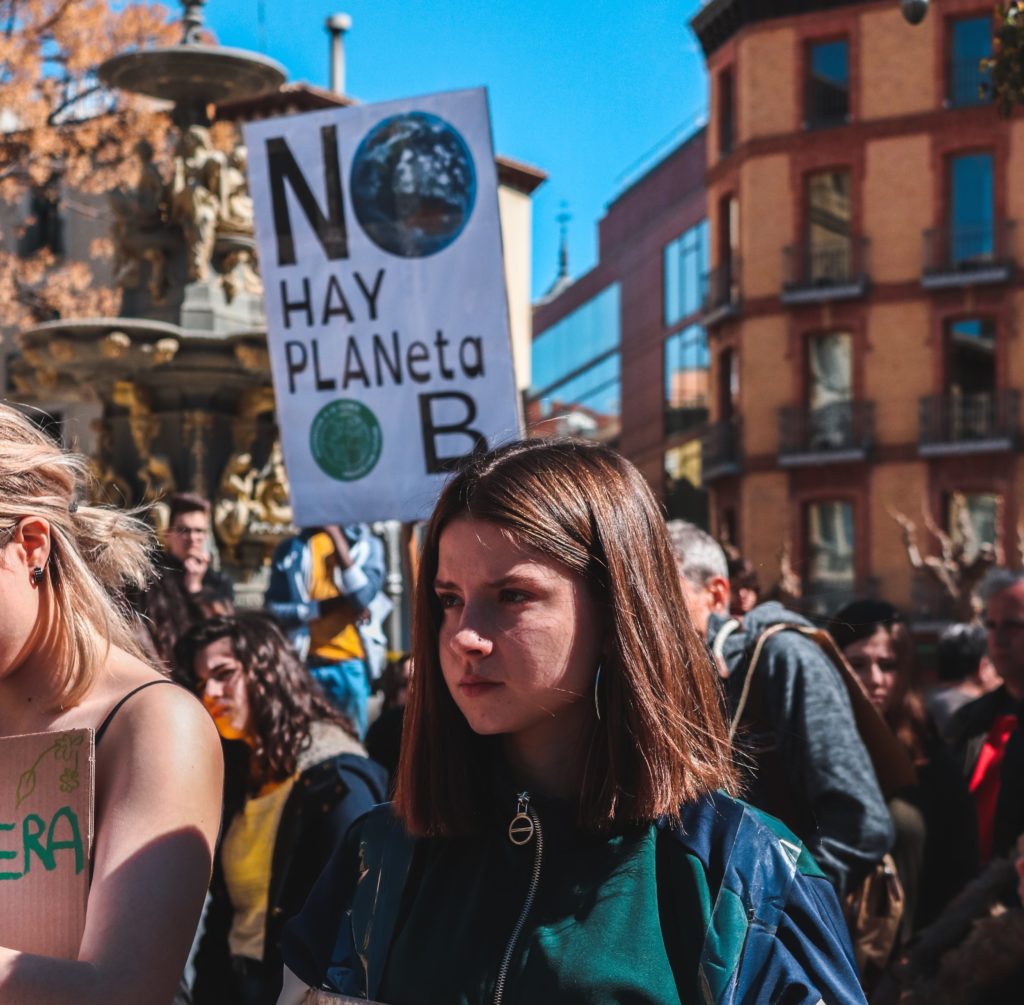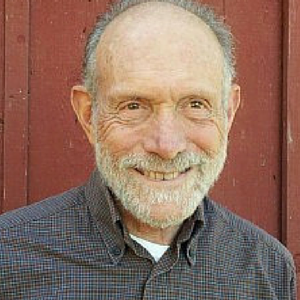
After centuries of neglect, we are now seeing a lot of useful writing about “the most powerful force at the disposal of humanity” as Gandhi called nonviolence. Its long neglect deprived us of a badly needed set of tools and way of being. Why, then, was it so long neglected? Not because of a mere perversity of human nature but something we can, with difficulty, change: the underlying paradigm or “story” that has dominated the consciousness of the West at least since the industrial revolution. Now, thanks in large part to Chenoweth and Stephan’s pioneering study, Why Civil Resistance Works, an outpouring of studies by nonviolence scholars and activists, from their respective vantage points, is adding to our tools to address that neglect —and even that outdated paradigm.
I would like to draw here on just two insights from this recent work. The first is from Rabbi Michael Lerner’s new book, Revolutionary Love. Lerner points to a critical fact of human nature (again, much neglected in the prevailing paradigm): we have deep spiritual as well as material and emotional needs, that are not only neglected, they are not even acknowledged by our present culture. Lerner then points out that these needs are “manipulated by the right and ignored by the left.” I cannot think of a better summary of our present dilemma. Whatever else we’re doing, it seems to me, whatever atrocity we’re trying to rectify, we would do well to ask ourselves, can I do this in a way that also addresses our deepest human needs? That addresses them so that they are no longer vulnerable to malicious manipulation.
Daniel Hunter sheds some light on this question with a vivid image in his timely and practical Climate Resistance Handbook, a superb resource he’s made available as a free download for anyone who has recently shaken off denial about climate change (the subtitle: Or, I was part of a climate action. Now what?). Hunter talks about a frustration many of us have experienced: how hard it is to get politicians to take needed action. A politician, he says, is like a balloon tied to a rock. You can blow them a little right or a little left (usually even less!), but this is rarely enough to make a difference. So what do we do? “Move the rock!” The rock is moved when you get people to act on their values, to “change what politicians think the political risks and possibilities are for them: what their base and the general climate of opinion will or will not stand for.” We can add to that image. The rock itself has, if you will, an underlying “bedrock.” This is the general paradigm or story I’ve just mentioned. As Donald Gerbner of the Annenberg School of Communication famously said, “Control the stories of a culture and you don’t need to worry who makes the laws.” And the late Mary Midgley, a brilliant British philosopher, referred to the time we’re passing through and the reason for inaction on climate as “a conceptual emergency.”
If you believe, often unconsciously, that other people are really “other,” that we are separate material beings who depend on competition and ultimately violence, it becomes possible to exploit people individually, systematically, and in time even structurally. And this belief is a fundamental tenet of the old story, which advertisers seize upon — ‘you have no inner resources, you need to buy X,’ and politicians manipulate — ‘you have no agency, and you’re surrounded by enemies who can only be kept away by force.’
The ‘new’ story that’s been trying to emerge for some time holds just the opposite view: we are evolving spiritual beings; all life is an interconnected whole — in reality, life is one. We and the planet are an interlocked system; we cannot injure others without injuring ourselves. I say ‘new’ advisedly because humanity’s wisest teachers have maintained this for as long as we have any records of what they taught, but today science is confirming it dramatically. To mention only one example, it is now known (since 1988) that our brain is endowed with “mirror neurons” that reflect precisely what we see others do or what we feel they are experiencing. As neuroscientist Marco Iacoboni writes, “We have evolved to connect deeply with other human beings. Among other things this means that although we commonly think of pain as a fundamentally private experience, our brain actually treats it as an experience shared with others.” If we could make this and other insights of the new story the ‘bedrock’ of our self-image it would inevitably render most of the harmful attitudes and policies causing such psychological, economic, political, and ecological damage obsolete. Let’s take a contemporary example.
The president is at the moment facing the prospect of his long-overdue impeachment. If/when it goes through we may begin to recover our national self-respect and badly tarnished standing in the world community. However, if people just make him the scapegoat for the catastrophic failures of a by-now deeply engrained system, it will neither be sufficient nor lasting. As Mike Lofgren has recently written in Truthout (Oct. 25, 2019), “Since about 1980, we could observe the culture industry patiently assembling him, piece by piece. The media barons grasped that his fabricated persona embodied the forbidden wish projections of millions of psychologically repressed and resentful individuals.” If he is driven out by impeachment it will at best move the balloon somewhat — until the opposite gust is delivered by the same reactionary elements, via the same media barons. But if enough Americans, not swept up in the current of scapegoating, go on to force more permanent changes that can reverse the attacks on democracy caused by Citizens United, vote suppression, voter fraud by foreign and domestic interference, etc. and can at least return us to the Paris Accords if not bring on the Green New Deal we will ‘move the rock.’
But let’s not stop there. I am a firm believer that even in emergencies, when we have to “stop the worst of the damage,” as Joanna Macy says, we should not forget to address the root causes of that damage. As I write this, I am sitting in smoke-poisoned air and out of power here in West Marin County: I am well aware of the need to stop the worst of the damage! But I still think we should also take the time to work on the really big picture, the prevailing paradigm.
The notion that we are made of inert matter in a random universe is hardly inspiring. But one thing we’ve learned about ‘paradigm shifts,’ an otherwise mysterious process, is that obsolete stories can only be challenged and replaced by a better one. As Buckminster Fuller says, “You never change things by fighting the existing reality. To change something, build a new model that makes the existing obsolete.”
The essential ingredients of this new reality have now emerged in the new convergence of ancient traditions of both indigenous and “advanced” civilizations with the cutting edge of modern science. (For more on this fascinating development see, The Third Harmony: Nonviolence and the New Story of Human Nature (Berrett Koehler, March, 2020). They are:
1. The universe has a purpose — of which we are of course an expression.
2. That purpose becomes pretty obvious the moment one looks at evolution as more than a physical process: my teacher, Sri Eknath Easwaran, once expressed it beautifully as “the eons-long rise of consciousness from pure energy until the simplest of life-forms emerges and the struggle for increasing self-awareness begins.”
3. Our contemporary culture is violating that purpose, by degrading the human image. It has by now reached the point where, as religion scholar Huston Smith recently said, “we haven’t a clue as to who we are.”
4. “Suffering has a cause,” the Buddha would say: this degradation is the cause for the otherwise unthinkable fact that we are approaching self-annihilation. However . . .
5. Precisely because we ourselves are causing this, we can also reverse it. There is no reason to think that evolution is over or that we are incapable of influencing its direction.
All this brings us back to nonviolence, and especially, in my view, to Gandhi.
Everything he said and did, whether he was talking to a child at the ashram, a vast crowd, or the Viceroy of India, whether he was examining new technologies for village industry, getting arrested for “sedition,” or taking tea with His Majesty the King Emperor, his ulterior motive was to uplift the human image. When he said that all his activities derived from his “insatiable love of mankind,” this is one way that love was expressed. This was the motivation that drove him to activity in every sector of life, from spirituality to healthcare to political freedom. His “psychologically repressed and resentful individuals” were cowed into the illusion of helplessness under the British bayonets; ours are made to not believe in themselves by a degrading cultural narrative and the power-holders who deceitfully use it to what they think is their own advantage.
What can we do to carry on his project in our own setting?
This question has occupied me for some time. Decades back I came up with a list of five steps every individual can take. I received much encouragement from none other than the late Marshall Rosenberg, the founder of Nonviolent Communication (which of course overlaps with nonviolence proper), and these steps were then fine-tuned in many conversations with friends and colleagues:
1. Exercise extreme caution with the commercial mass media. Today you can shun them entirely, as there are many alternative sources of news and entertainment that are much healthier.
2. The healthiest way to overcome their demoralizing message is to learn everything you can about nonviolence. This is why I mentioned at the outset of this article that there are vastly more resources now with which to do this.
3. Consider taking up a spiritual practice (if you don’t have one already). In my experience, and that of many others, meditation can give us a sense of purpose and a growing sense of our connectedness with the rest of existence. It gives us a tool, moreover, to convert negative drives like fear and anger to creative use — a sine qua non of successful nonviolent action.
4. Build community: be personal with everyone in all your interactions; resist the allure of social media that has driven us so far apart — a condition that oppressors love to exploit. (Steps 1-3 position you do this very successfully; then all four position you for what follows).
5. Find where your particular capacities answer to one or more of society’s pressing needs, and get active. Learning about nonviolence will help you do this successfully as well. And wherever you get a chance, explain why: tell your own version of the new story.
Paradigms don’t change by themselves, no matter how suffocating and dangerous they’ve become. They change when there’s an attractive alternative available and people here there and everywhere are quietly espousing it.








